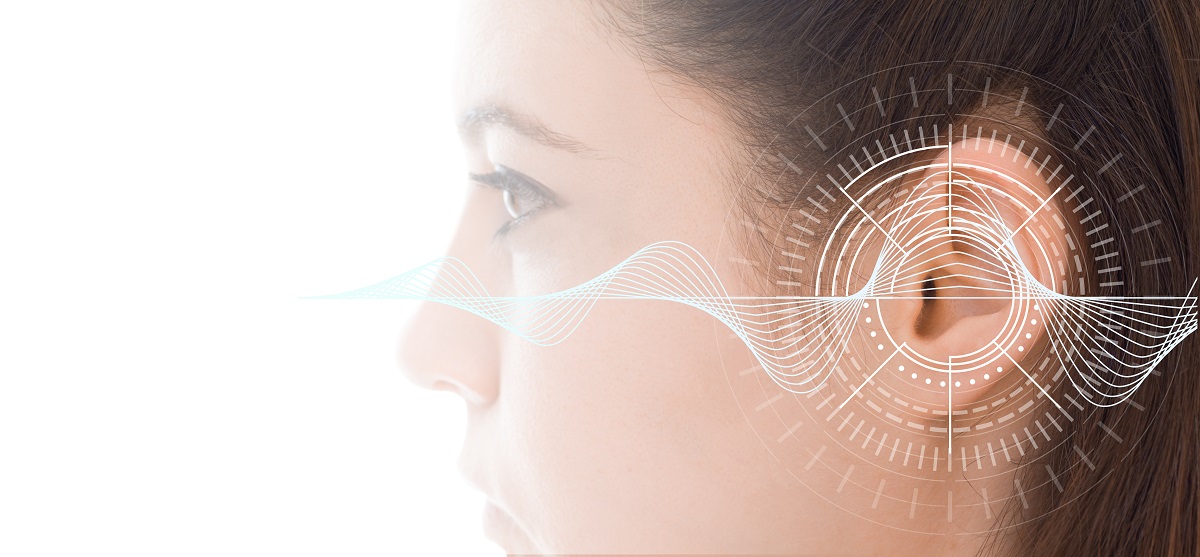While the earliest forms of hearing aid technology came in the form of technological advancements by Alexander Graham Bell and Thomas Edison, hearing aids have come a very long way since then. Today, hearing aids have gained incredible capabilities. These capabilities offer a remarkable variety of features for those dealing with hearing loss or impairment. Whether you’ve just started considering hearing aids or you’re looking to replace an older model, you may be surprised to learn about the impressive advancements in the world of digital hearing aid technology.
Analog Hearing Aids Vs. Digital Hearing Aids
When looking at analog hearing aids vs. digital hearing aids, digital hearing aid technology takes all the necessary components of a hearing device and combines them with advanced computer intelligence. Unlike a traditional analog device, which makes all noise louder, digital hearing aids take sound waves and convert them to a digital signal. Before transmitting the signal to your eardrum, the digital hearing aids internal computer chip will analyze the sound waves to optimize for both quality and clarity. The intelligent chip can “learn” which sounds to target for amplification (e.g. voices) and which to dampen (background noise like traffic).
Not only can digital hearing aids amplify sound, but they are also capable of managing noise, improving overall sound quality, and connecting with a variety of other devices.
Digital hearing aid features
Digital hearing aid technology has opened the door for an array of exciting new features that are redefining the concept of a hearing aid. Directional microphones can help your ear naturally process which direction a sound is coming from, while feedback cancellation eliminates the frustration of unwanted noise. Overall sound quality gets a much-needed boost, offering a more accurate representation of your natural hearing.
Digital hearing aids also have the capability to filter noises and determine which ones are most important, enabling you to clearly hear and enjoy experiences like a conversation in a crowded restaurant, your favorite song on the radio, and the evening news. Also, some digital hearing aids can wirelessly connect to your television, radio, and cell phone, allowing you to make the most of modern technology with ease.
Types of digital hearing aids
There are a wide variety of digital hearing aid styles, offering many different options to suit your specific preferences and needs. In general, you’ll find that there are two types that are among the most commonly recommended for patients:
ITE hearing aids
ITE hearing aids, also known as in-the-ear hearing aids, are one of the most popular device styles and can resolve a variety of hearing concerns. As the name suggests, this hearing aid is worn inside the ear. This type of hearing aid typically come in either a canal, half-shell, or full-shell design, with the option to choose a device that is placed completely in the ear canal (CIC) or invisible-in-canal (IIC).
BTE hearing aids
Behind-the-ear, or BTE hearing aids, are another extremely common style. This type can provide significant hearing improvements for all types of hearing loss, with specific designs offering certain benefits. You can choose from options such as a mini-BTE with a slim tube, a BTE with an ear mold, or a receiver-in-the-ear/receiver-in-the-canal style (RITE/RIC).
Learn more about hearing aid technology from a Houston audiologist at Memorial Hearing
For anyone dealing with hearing loss or impairment, digital hearing aids offer life-changing technology. At Memorial Hearing, you can meet with an experienced hearing aid doctor to discover how digital hearing aids can restore your hearing and improve your quality of life. Our audiologists and hearing instrument specialists have the expertise to make hearing aid recommendations, set up your device, and help you learn how to make the most of hearing aid technology.
Discover how the digital advantage can make a difference in your life by contacting Memorial Hearing today.

